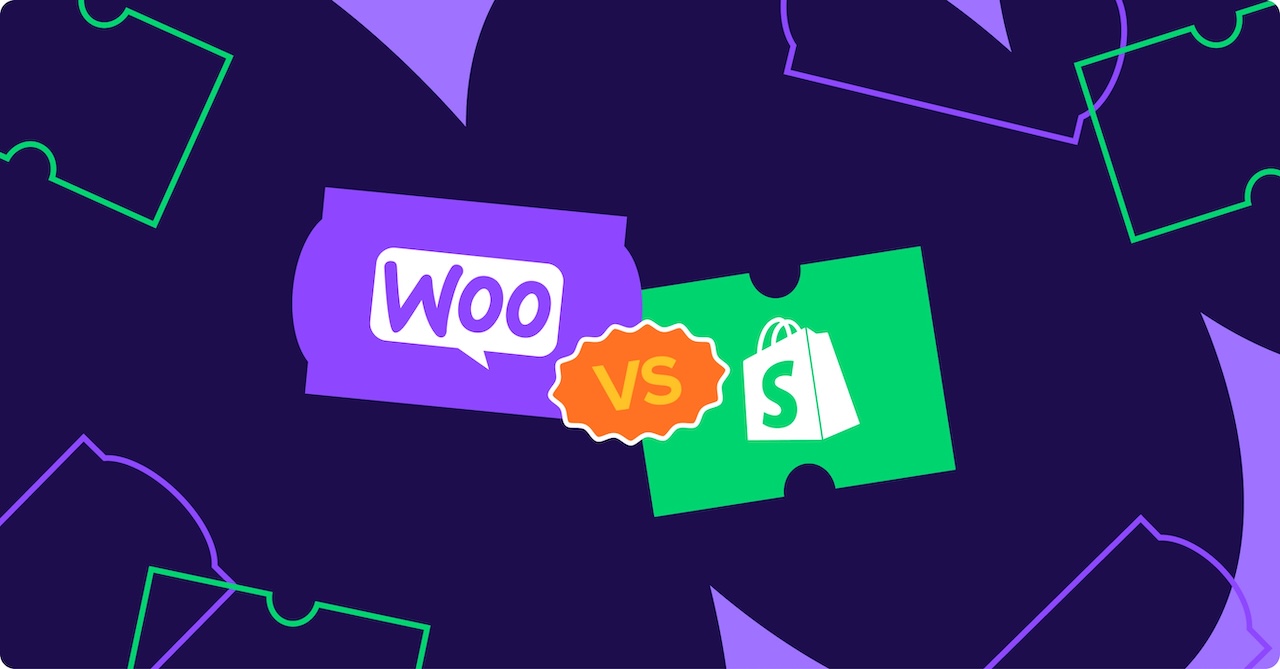The e-commerce industry has experienced exponential growth over the past decade, and selecting the right platform to build your online store is crucial for success. Two of the most popular e-commerce platforms are WooCommerce and Shopify. Both have their strengths and weaknesses, and the choice between them depends on your business needs, technical expertise, and long-term goals. In this article, we’ll compare WooCommerce and Shopify to help you make an informed decision.
Overview of WooCommerce and Shopify
WooCommerce is an open-source e-commerce plugin for WordPress. It allows you to turn a WordPress website into a fully functional online store. Since it’s built on WordPress, WooCommerce offers extensive customization options and is ideal for businesses that want full control over their website.
Shopify, on the other hand, is a fully hosted e-commerce platform. It provides an all-in-one solution for creating and managing an online store. Shopify is known for its ease of use, making it a popular choice for beginners and businesses that want a hassle-free setup.
Key Differences Between WooCommerce and Shopify
1. Ease of Use
- Shopify: Shopify is designed for users who want a simple, out-of-the-box solution. It offers a user-friendly interface, drag-and-drop functionality, and a straightforward setup process. You don’t need any technical expertise to get started.
- WooCommerce: WooCommerce requires more technical knowledge, especially if you’re not familiar with WordPress. You’ll need to handle hosting, installation, and ongoing maintenance. However, it offers greater flexibility for those who are comfortable with coding and customization.
2. Cost
- Shopify: Shopify operates on a subscription-based model, with plans starting at $29/month. While this includes hosting, security, and updates, additional costs can add up for themes, apps, and transaction fees (unless you use Shopify Payments).
- WooCommerce: WooCommerce itself is free, but you’ll need to pay for hosting, a domain name, SSL certificates, and premium themes or plugins. While it can be more cost-effective for small businesses, costs can increase depending on your customization needs.
3. Customization
- Shopify: Shopify offers a wide range of themes and apps to customize your store. However, its closed-source nature limits deep customization unless you’re familiar with Shopify’s Liquid templating language.
- WooCommerce: As an open-source platform, WooCommerce provides unparalleled customization options. You can modify every aspect of your store, from design to functionality, using plugins, themes, and custom code.
4. Scalability
- Shopify: Shopify is a highly scalable platform that can handle businesses of all sizes. It offers enterprise-level solutions like Shopify Plus for large businesses with high traffic and complex needs.
- WooCommerce: WooCommerce is also scalable, but its performance depends on your hosting provider and how well you optimize your site. Larger stores may require more advanced hosting solutions and technical expertise.
5. SEO and Marketing
- Shopify: Shopify includes built-in SEO features, such as customizable meta tags and automatic sitemaps. It also integrates with various marketing tools and social media platforms.
- WooCommerce: WooCommerce, combined with WordPress, offers superior SEO capabilities. You can use plugins like Yoast SEO to optimize your store for search engines. Additionally, WordPress’s blogging capabilities make it easier to create content-driven marketing strategies.
6. Payment Options
- Shopify: Shopify supports multiple payment gateways, but it charges transaction fees unless you use Shopify Payments. This can be a drawback for businesses that prefer other payment processors.
- WooCommerce: WooCommerce allows you to use any payment gateway without additional fees. This flexibility is ideal for businesses that want to offer a wide range of payment options to their customers.
7. Support and Community
- Shopify: Shopify provides 24/7 customer support via chat, email, and phone. It also has a large community and extensive documentation to help users troubleshoot issues.
- WooCommerce: WooCommerce relies on community forums and third-party developers for support. While there’s a wealth of resources available, you may need to rely on your hosting provider or hire a developer for complex issues.
Pros and Cons at a Glance
Shopify Pros:
- Easy to use and set up
- All-in-one solution with hosting and security included
- Scalable for businesses of all sizes
- Reliable customer support
Shopify Cons:
- Monthly subscription fees and transaction costs
- Limited customization without coding knowledge
- Less control over your store’s backend
WooCommerce Pros:
- Free and open-source
- Full control over customization and functionality
- No transaction fees
- Excellent SEO capabilities
WooCommerce Cons:
- Requires technical expertise
- Additional costs for hosting, themes, and plugins
- Responsibility for maintenance and security
Which Platform Should You Choose?
The choice between WooCommerce and Shopify ultimately depends on your business requirements and technical skills:
- Choose Shopify if:
- You want a quick and easy setup.
- You prefer a hands-off approach to hosting and maintenance.
- You’re a beginner or don’t have technical expertise.
- You’re willing to pay a monthly fee for convenience.
- Choose WooCommerce if:
- You want full control over your store’s design and functionality.
- You’re comfortable with WordPress and have some technical knowledge.
- You want to avoid transaction fees and have more payment options.
- You’re looking for a cost-effective solution with long-term scalability.
Conclusion
Both WooCommerce and Shopify are powerful e-commerce platforms that cater to different types of users. Shopify is ideal for those who value simplicity and convenience, while WooCommerce is perfect for businesses that prioritize customization and control. By evaluating your needs, budget, and technical expertise, you can choose the platform that best aligns with your goals and sets your online store up for success.

